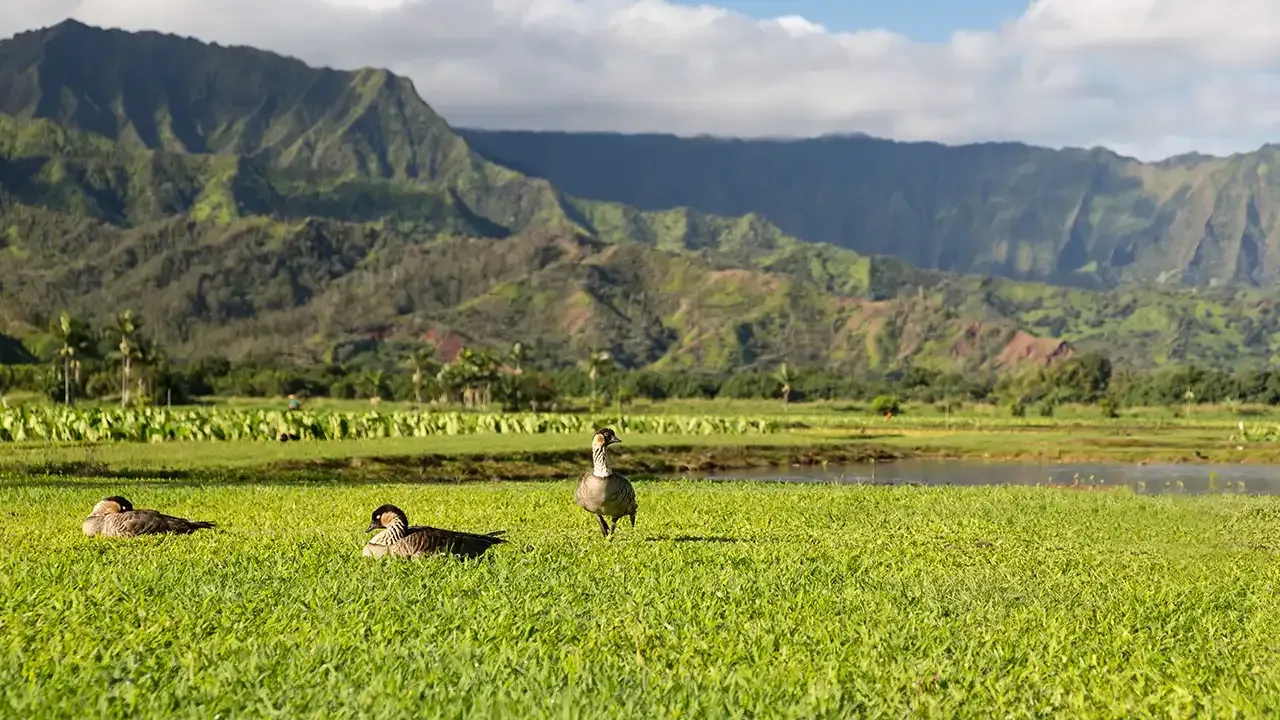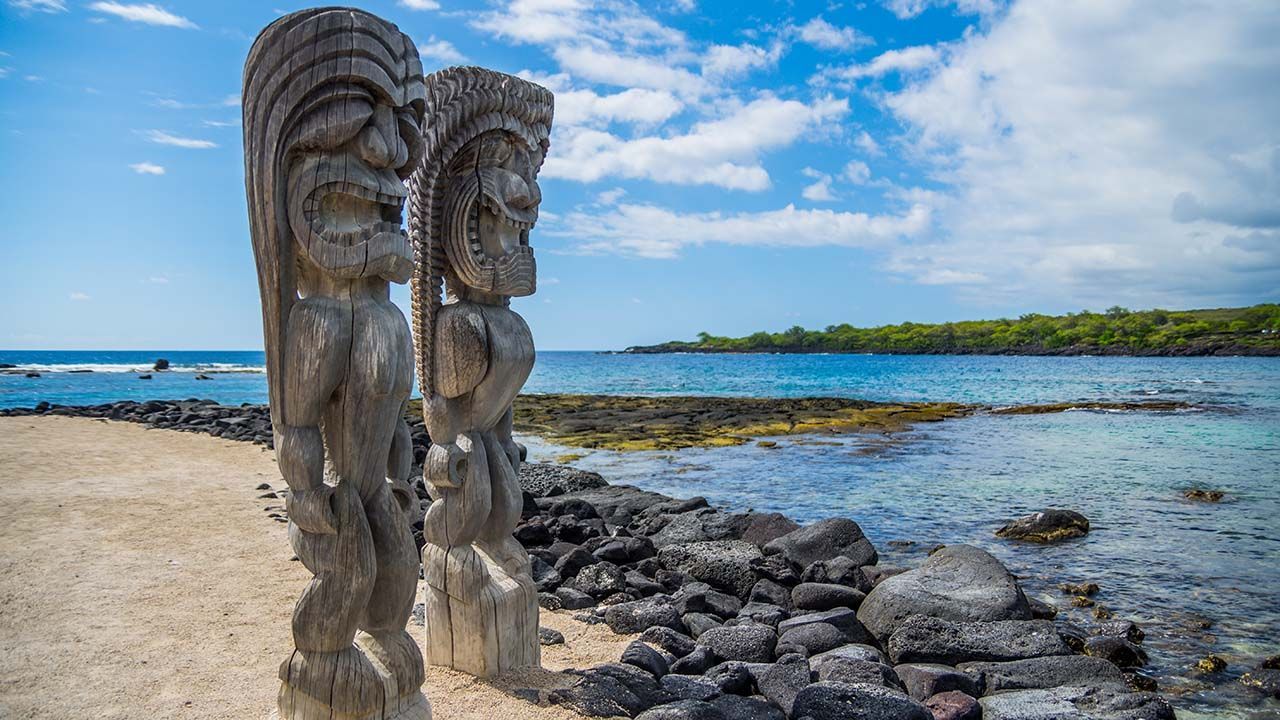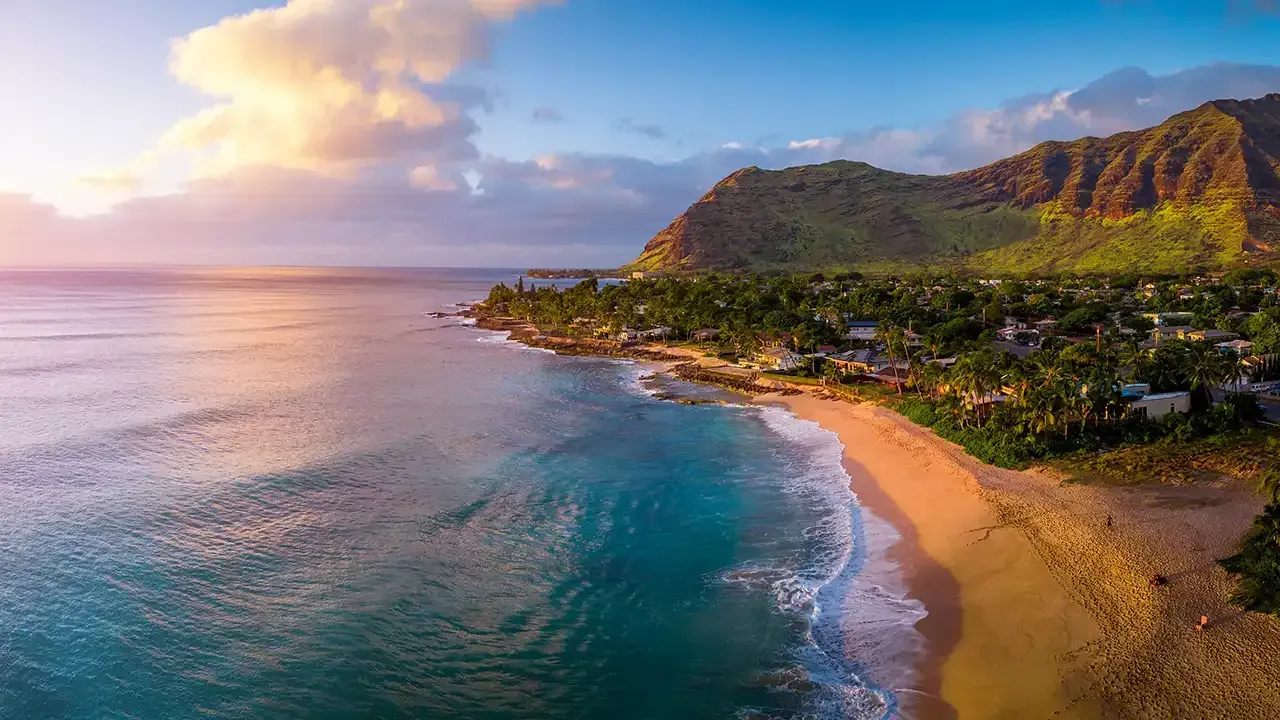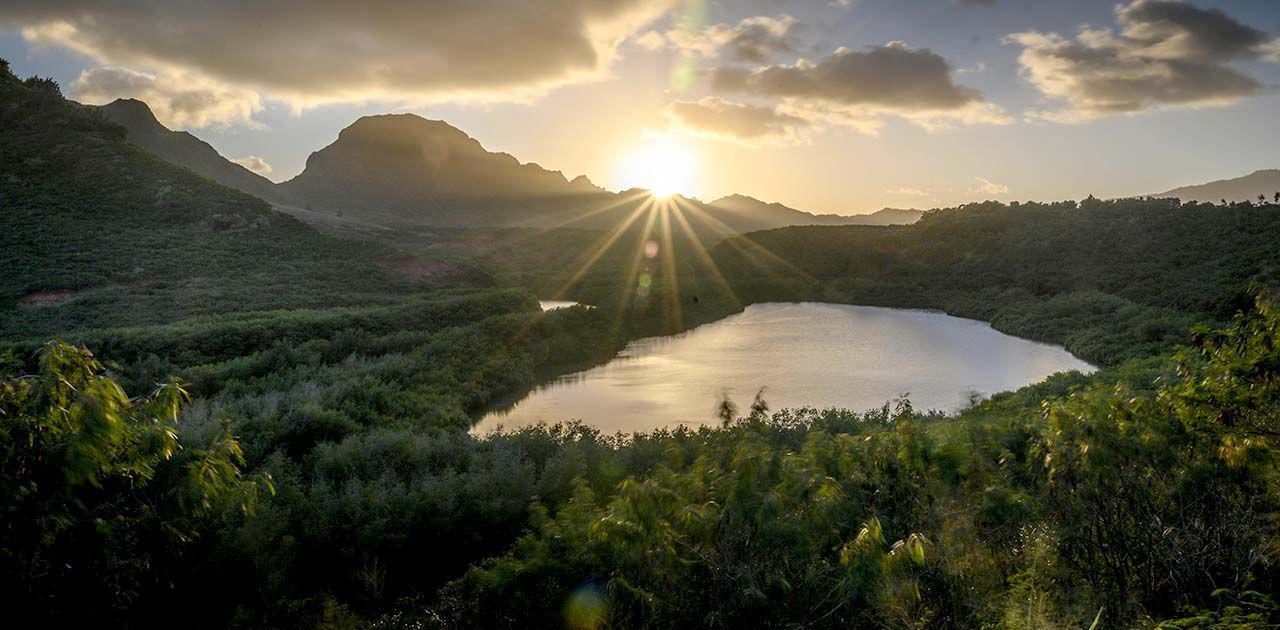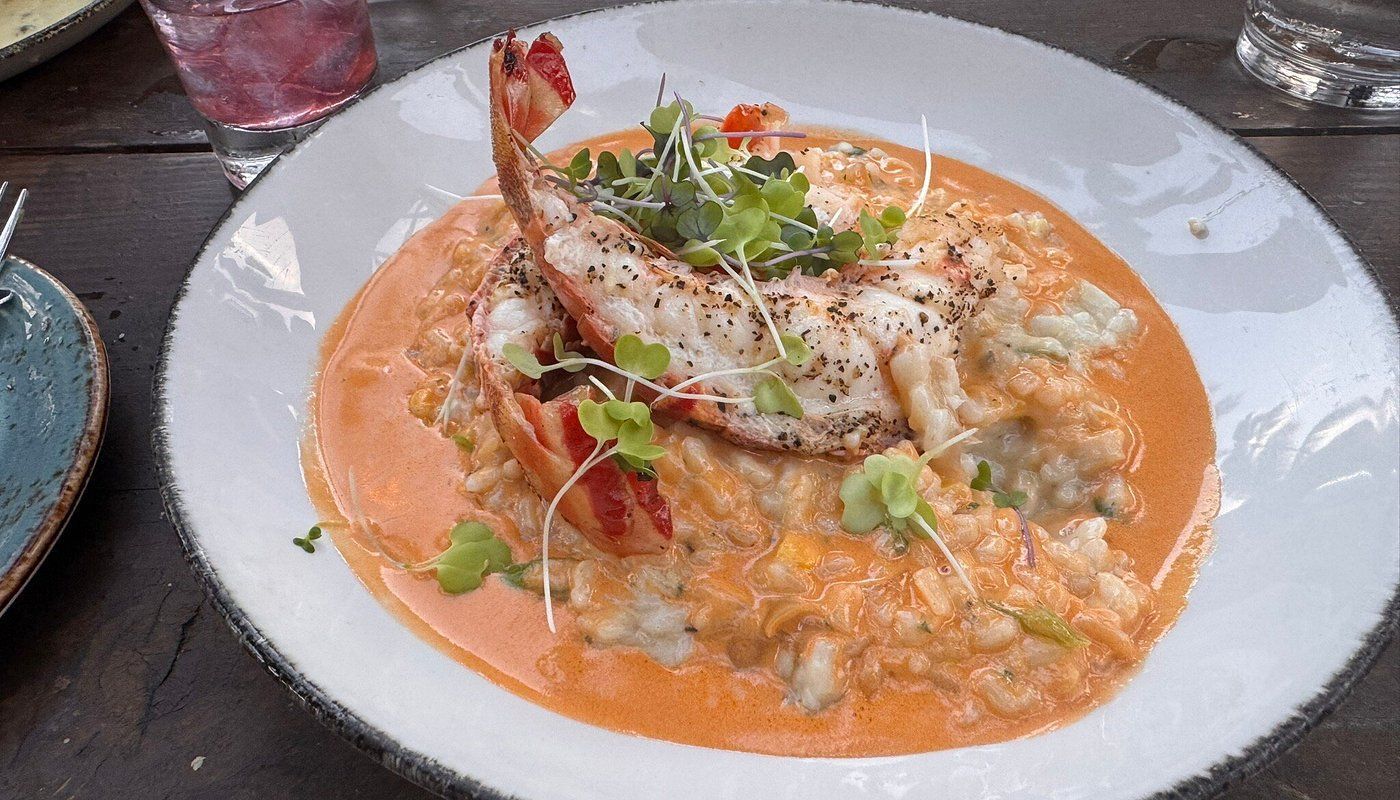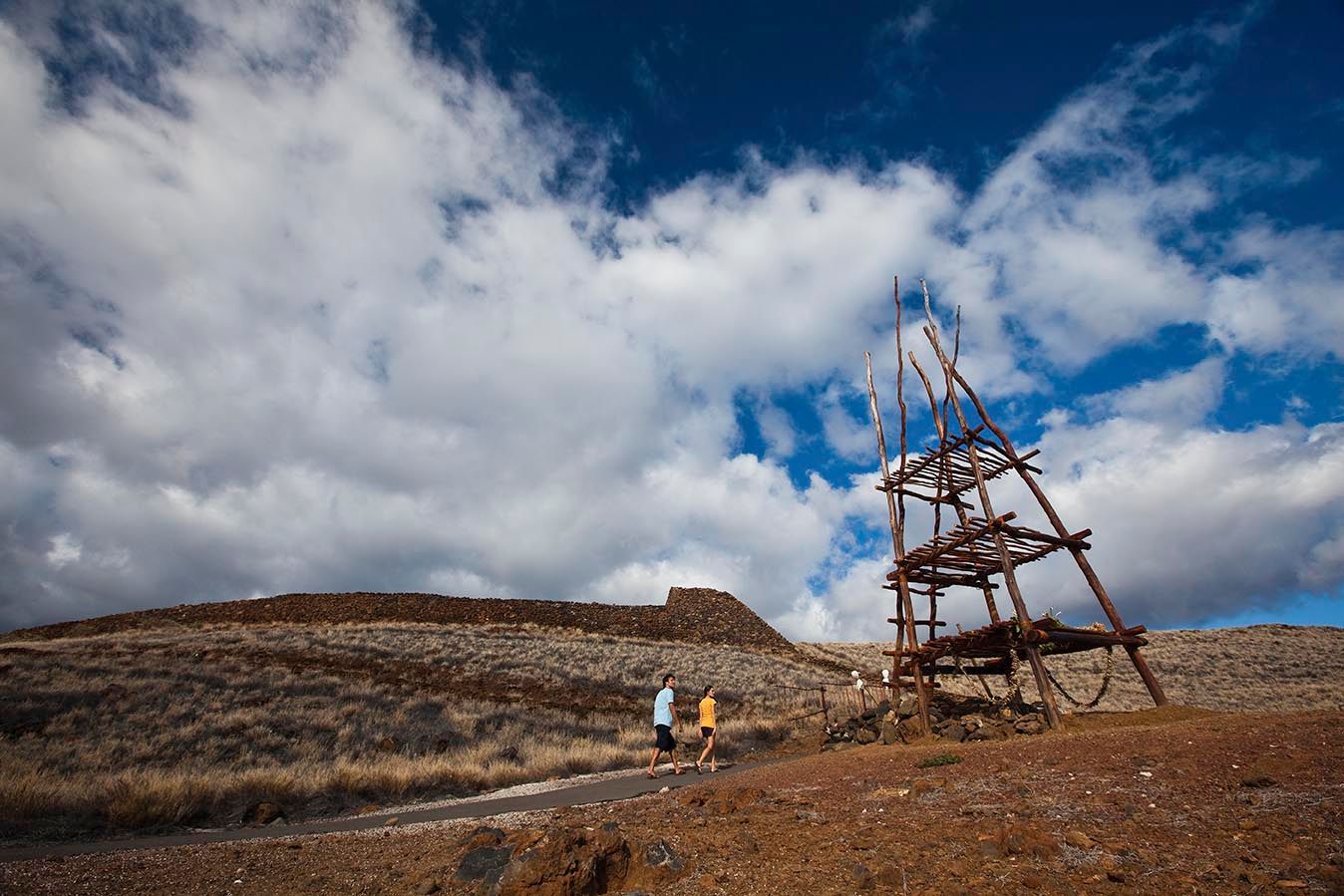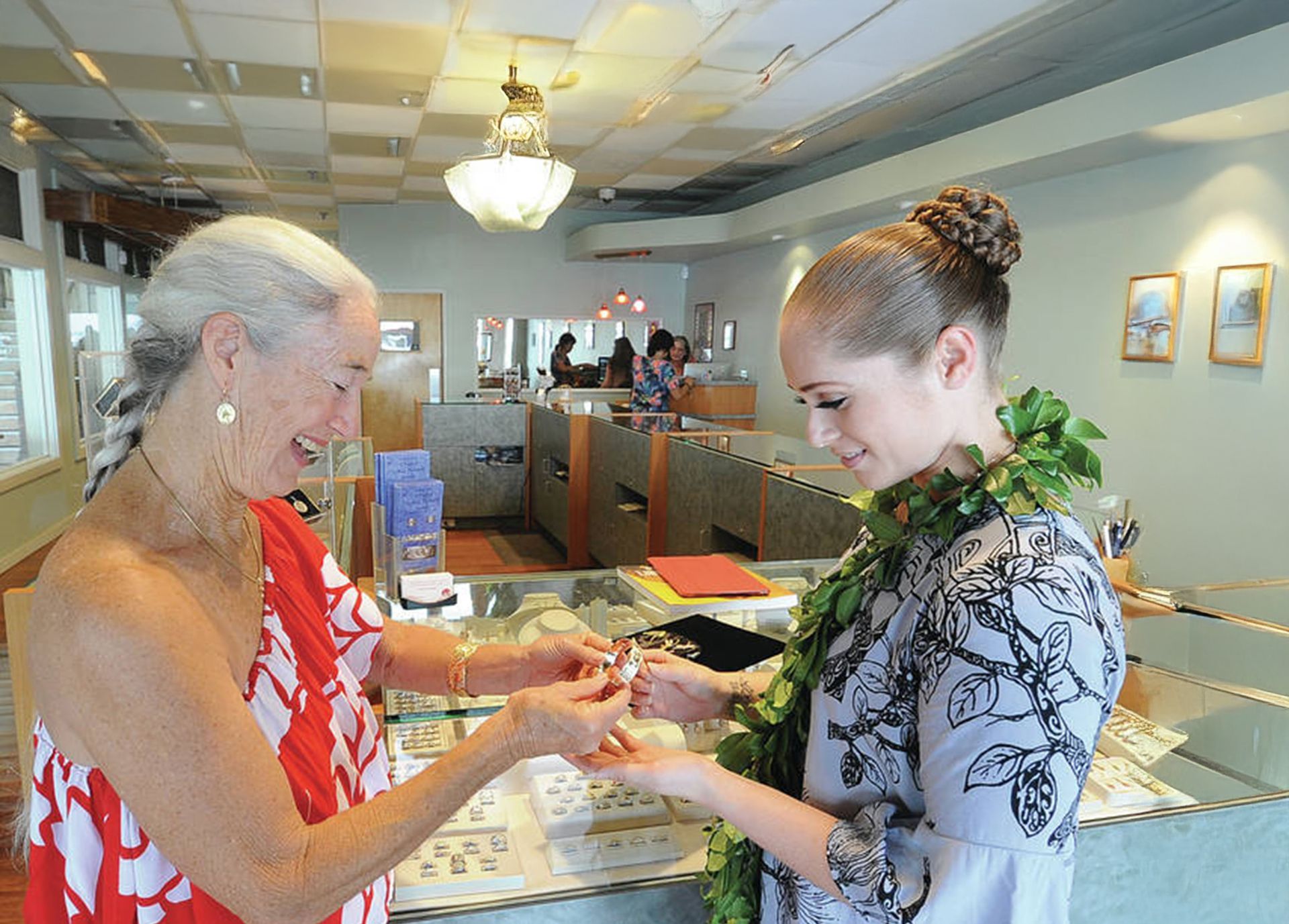Talkin’ Turtles: An Intro to the Honu of Hawai‘i
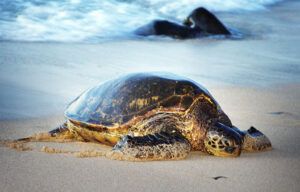
By Fern Gavelek
A visit to Hawai‘i is extra special when you come across a wild turtle — whether swimming along a reef or basking on a beach. The Aloha State is home to a handful of turtle species, but the most common is the green sea turtle (honu), followed by the endangered hawksbill (honu‘ea).
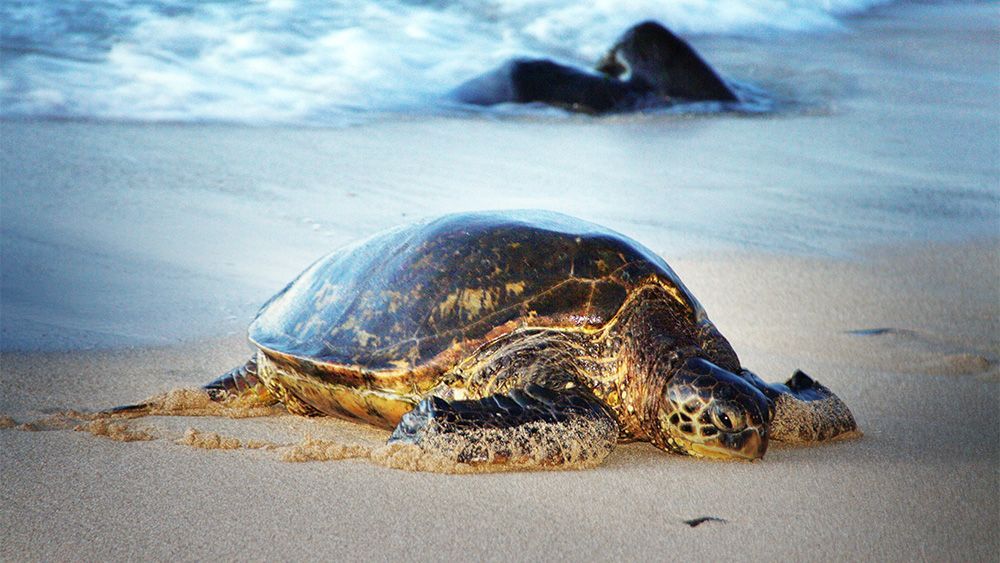
All of Hawai‘i’s honu are protected by federal and state laws from harassment, harm, pursuit, collecting, trapping or killing. These marine reptiles need to be given space on land and in water — at least 10 feet is the recommended distance. See sidebar on how to best observe and protect turtles.
Green sea turtles, which have a vegetarian diet, get their name from the color of their body fat. Adults grow three-to-four feet in shell length and can tip the scales at 350 pounds. Sexual maturity is 25-35 years old and females typically nest every four years. They return to the sands of their birth to lay their eggs — in several nests — migrating over 500 miles to the French Frigate Shoals in the Northwestern Hawaiian Islands. Each clutch averages 100 eggs that incubate for about two months.
Hawksbill turtles have a narrow, pointed, hawk-like beak. They are smaller than green turtles, weighing up to 250 pounds. They feed on sponges, invertebrates and algae. Hawksbill return to their birthplace to nest every two to eight years, primarily along the isolated Ka‘u coast of Hawai‘i Island, south Maui and eastern Moloka‘i. Females lay one to six nests per season with each clutch containing about 180 eggs.
For both species, nest temperature determines the sex of hatchlings: warmer for females and cooler for males. Upon hatching at night, baby turtles crawl toward the brighter, open horizon. The nesting season is late May through December, and as hatchlings can become disorientated and lose their way to the ocean, there are two organizations that aid hatchlings in this effort on Maui and Hawai‘i Island.
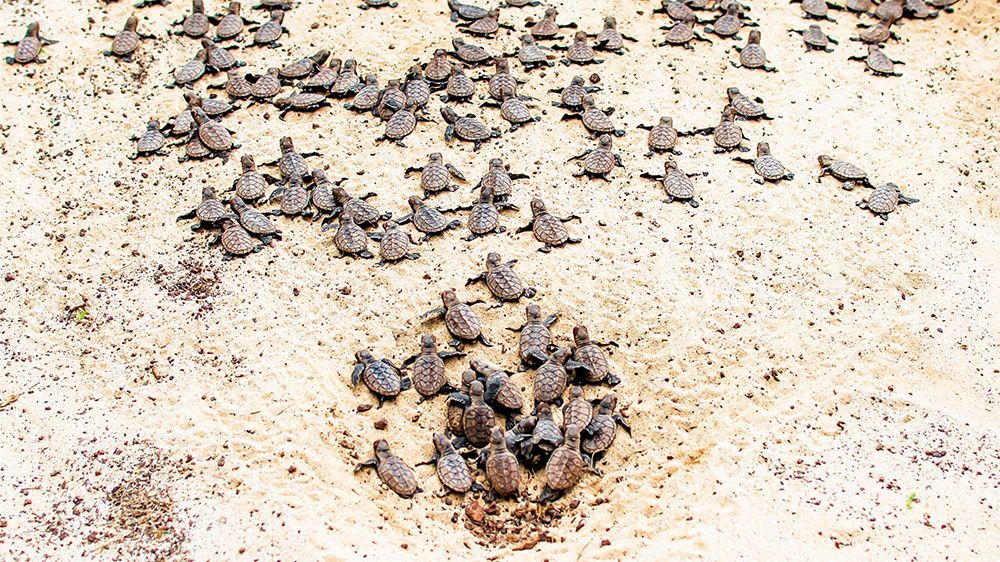
Called the Hawksbill Sea Turtle Recovery Project , the effort is based at Hawai‘i Volcanoes National Park on Hawai‘i Island. On Maui, it’s led by the Hawai‘i Wildlife Fund (HWF). Project interns and volunteers work round-the-clock at select beaches to monitor nesting activity. Duties include tagging nesting females, locating and protecting nests from predators, helping with nest excavation, ensuring hatchlings reach the ocean and recording field data.
“There are fewer than 100 adult female hawksbills known to nest statewide,” says Hannah Bernard, executive director and co-founder of HWF. Maui nesting efforts are concentrated on the coastline near busy North Kīhei Road. The organization is also working to prevent 5,000 new LED streetlights from being installed and advocating for more turtle-friendly lighting.
Through its Honu Watch Program , HWF protects green sea turtles by educating the public on the importance for turtles to rest on shore. Scientists believe this behavior, called “basking,” allows honus to rest, raise their body temperature and avoid ocean predators. Honu Watch volunteers educate the public about this behavior and also protect them from being disturbed.
How to Help Hawai‘i’s Turtles
- Keep at least 10 feet away upon sighting a turtle—more if the turtle seems to notice you
- Turtles need to breathe air; don’t block them from surfacing
- Don’t disturb basking turtles by making noise and using flash photography
- Don’t disturb nesting turtles or turtle nests
- Direct car headlights and flashlights away from the ocean
[This article originally appeared in print in Pleasant Hawaii Magazine, published by This Week Publications]
Keywords: turtles hawaii turtle beaches turtle beaches hawaii turtle beaches oahu turtle beaches north shore Hawaiian green sea turtle sea turtle nesting pacific green turtle threatened or endangered

